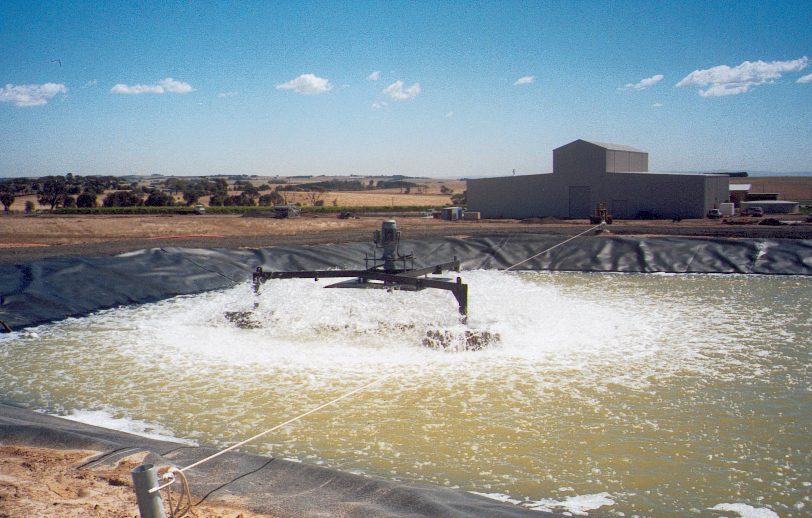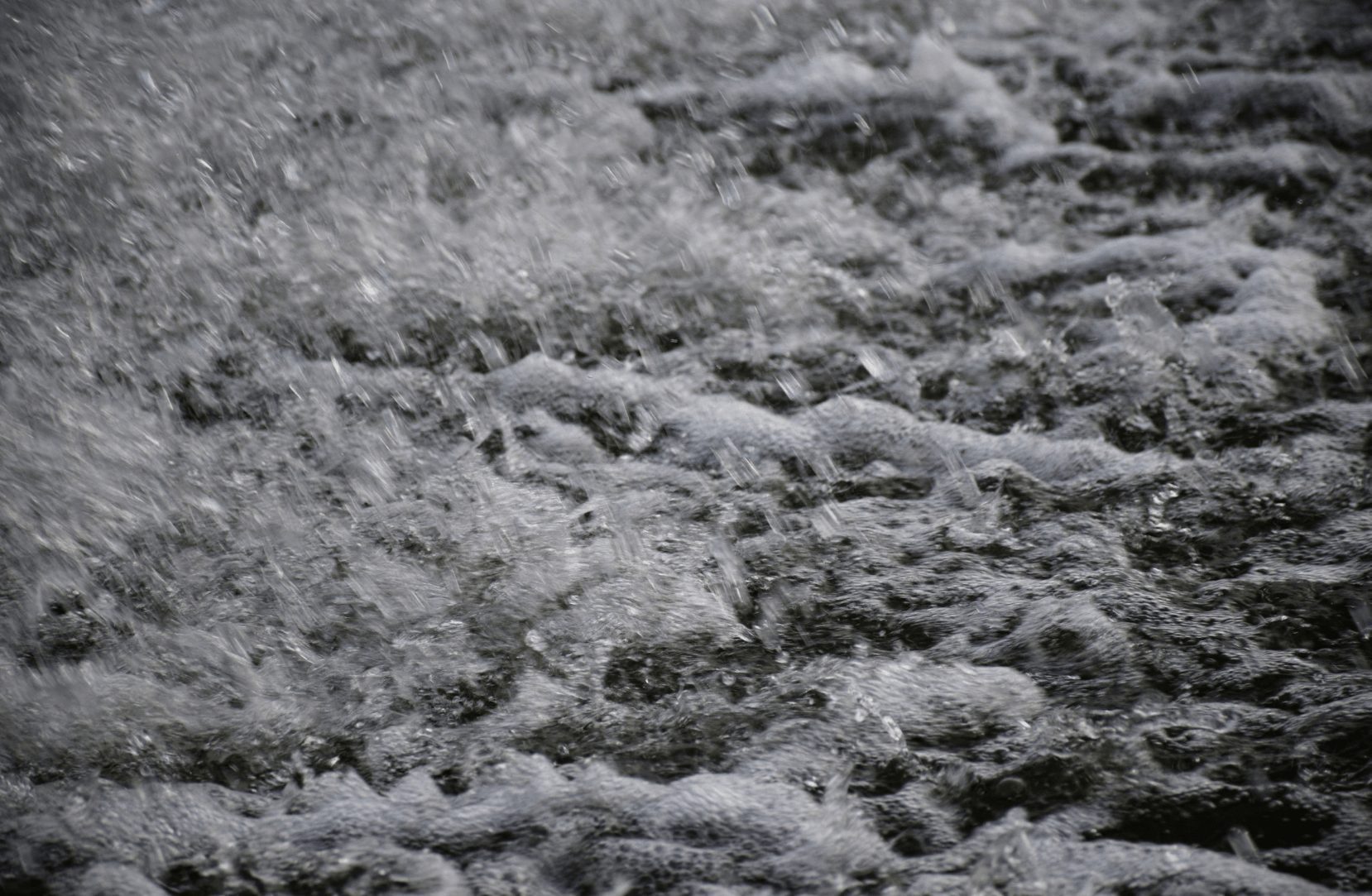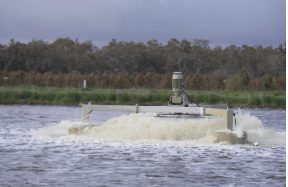Why is Aeration Important in Wastewater Treatment?
The Importance of Aeration in Wastewater Treatment
Wastewater treatment is a crucial process that helps to purify water before it is returned to the environment or used for other purposes. One of the most important steps in wastewater treatment is aeration. In this blog post, we’ll take a closer look at what aeration is and why it’s so important in wastewater treatment.
What is Aeration in Wastewater Treatment?
Aeration in wastewater treatment refers to the process of introducing air into the wastewater. This can be done through a variety of means, such as bubbling air through the wastewater or using mechanical aerators to agitate the water and increase the amount of oxygen present. The goal of aeration is to increase the amount of oxygen in the wastewater, which is essential for the growth of bacteria and other microorganisms that are responsible for breaking down harmful pollutants.
Why is Aeration Important in Wastewater Treatment?
There are several reasons why aeration is so important in wastewater treatment:
Facilitating the Growth of Beneficial Microorganisms
As mentioned earlier, aeration is essential for the growth of bacteria and other microorganisms that are responsible for breaking down harmful pollutants. These microorganisms require oxygen to survive and carry out their metabolic processes, so by introducing more oxygen into the wastewater, we are promoting the growth of these beneficial microorganisms.
Improving the Efficiency of the Treatment Process
By introducing more oxygen into the wastewater, we are also improving the efficiency of the treatment process. The increased amount of oxygen speeds up the metabolic processes of the microorganisms, which means they are able to break down pollutants faster and more effectively. This leads to a more efficient and effective treatment process overall.
Reducing the Formation of Harmful By-Products
Aeration can also help to reduce the formation of harmful by-products in the wastewater treatment process. When the microorganisms break down pollutants, they can produce by-products that are toxic and harmful to the environment. By increasing the amount of oxygen in the wastewater, we are reducing the formation of these harmful by-products and promoting a cleaner and safer treatment process.
Conclusion
In conclusion, aeration is a crucial step in the wastewater treatment process. By introducing more oxygen into the wastewater, we are facilitating the growth of beneficial microorganisms, improving the efficiency of the treatment process, and reducing the formation of harmful by-products. By understanding the importance of aeration in wastewater treatment, we can work to create more effective and sustainable treatment processes for the future.
Contact us today if you would like a no-obligation quote on (03) 5979 1096. Our team will be happy to help and provide you with the information you need. You can also visit us at www.byjas.com.au, to learn more about our wide range of wastewater treatment equipment.
Our services are available across Australia, the main capital cities, and regional town centres.
SHARE:
What you can read next

Waste water treatment for Wineries
Wineries across Australia are producing record ...

Specialising in the Winery Industry
We cater to the winery industry in order to red...

Irrigation efficiency for Wineries
As we know wineries produce wastewater from the...

What is Involved in the Process of Winery Wastewater Treatment?
Winery wastewater is generated from the winery’s...

Want to remove waste water efficiently
Are you looking for a cheaper and more environmen...

Why Choosing a Wastewater Equipment Manufacturer Provides a Better Option?
Why Choosing a Wastewater Equipment Manufact...

Why Are Bacteria Used in Sewage Treatment?
Wastewater treatment is society’s way of giving...




